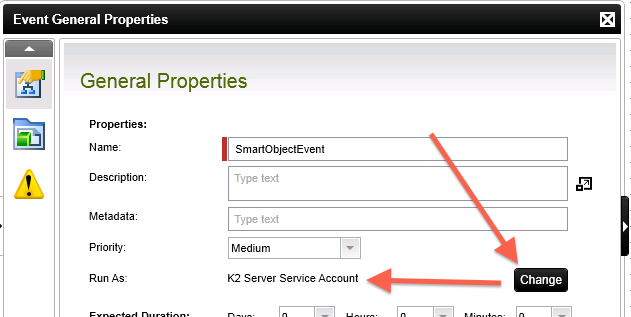Hello,
I want to consume web service in my workflow. I have few questions around this.
1. Configuring a web service endpoint – I want to set the Web Service end point as configurable. At design time, I will specify the endpoint from Dev instance and I want to keep this URL configurable as it will change when I move the workflow to QA, PPE, and Production machine. Can you please let me know how we can set the web service endpoint configurable?
2. API call impersonation – By default, web service call from the workflow runs under K2 service account, but I would like to run this under specific user who is invoking the action on the workflow. Can we have this impersonation in the workflow?
3. As per my understanding, if we change the API method signature, we need to change the update the workflow with the new signature and re-deploy the workflow. What will happen to inflight workflow which has old API method signatures?
Thanks


